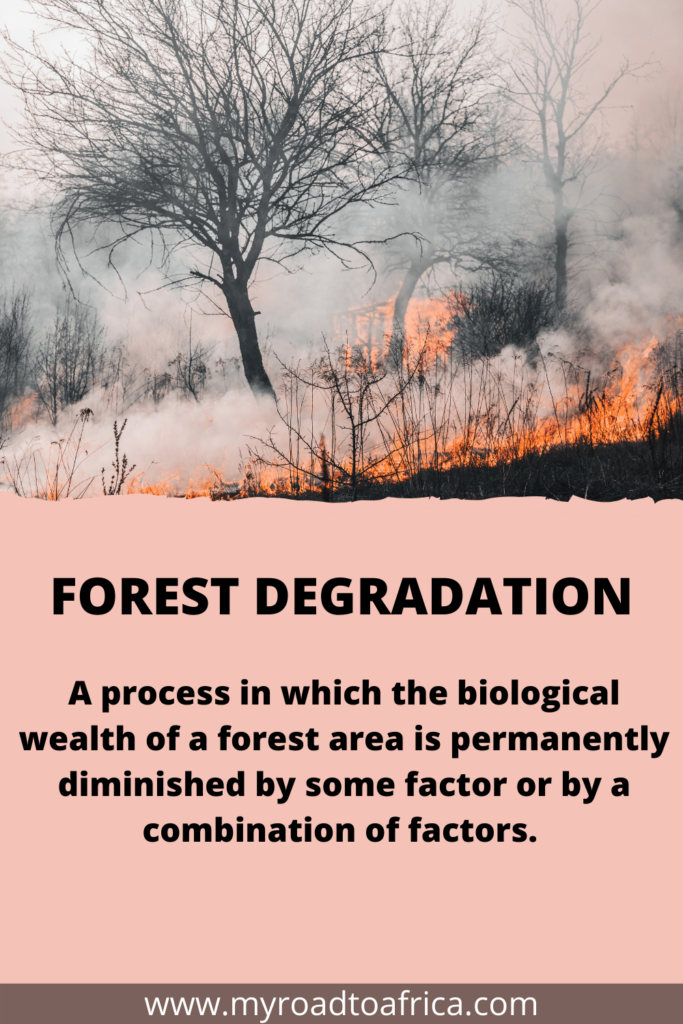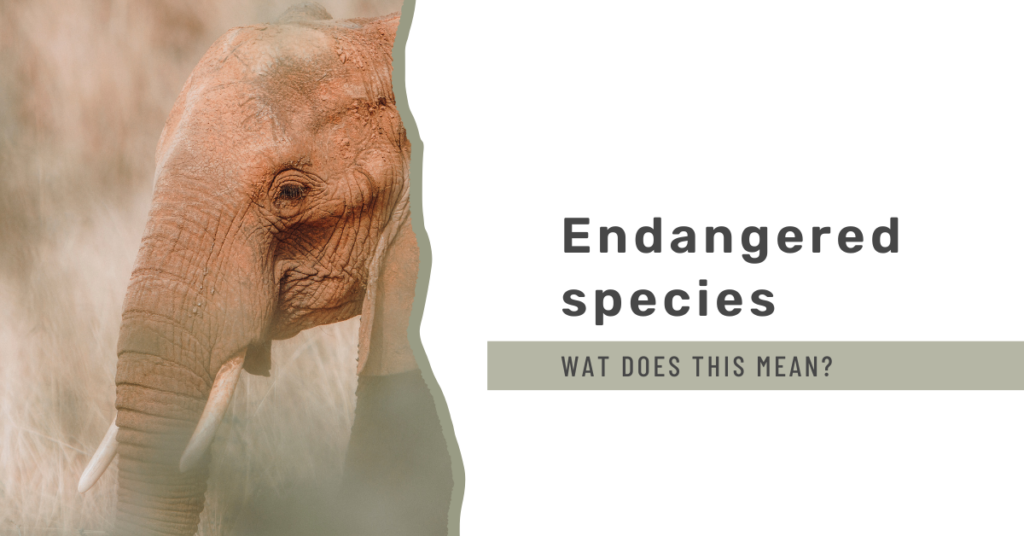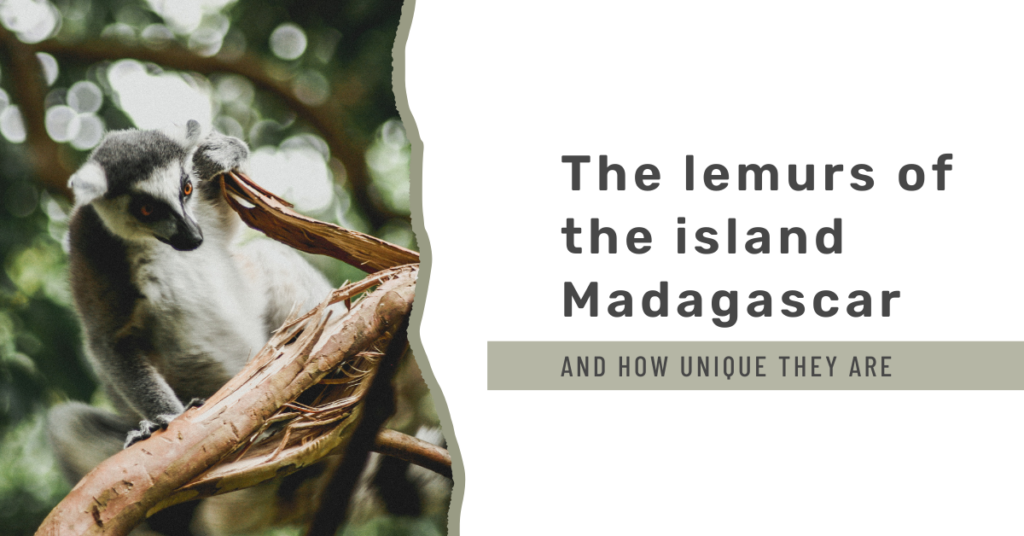I’m excited to kick off a series aimed at demystifying complex terminology in nature conservation. In each instalment, I’ll provide concise and accessible explanations that anyone can grasp, regardless of their background in conservation. To start, let’s delve into the forest biome, my favourite biome, and a subject closely aligned with my bachelor’s and current master’s studies.
Forest Biome
Forests, one of Earth’s five major biomes, cover nearly 30% of our planet’s land area. It encompasses a diverse range of ecosystems, from boreal to temperate and tropical forests. A defining characteristic of forests is their abundance of trees. Typically over five meters in height, covering an area of at least 0.5 hectares, with a canopy cover of at least 10%. These crucial ecosystems provide a wealth of resources, from timber and non-timber products to vital ecosystem services.
Forests serve as natural filters, purifying water by trapping pollutants and excess nutrients, benefiting both wildlife and human communities downstream. Moreover, they play a pivotal role in mitigating climate change by acting as carbon sinks. Absorbing and storing carbon dioxide from the atmosphere. Forests are also biodiversity hotspots, offering habitats to a myriad of plant and animal species. Making their preservation vital for conserving global biological diversity.
Beyond their environmental functions, forests influence climate patterns, regulate temperatures, and offer recreational opportunities. They hold cultural and spiritual significance for many indigenous communities, serving as places of worship, reflection, and connection with nature. In this series, we’ll delve deeper into the world of forests. Exploring their various forms and uncovering the fascinating intricacies of these essential ecosystems. All while making complex terminology more accessible to everyone.
Different types of the forest biome explained
As mentioned, there are 3 different types of forests; temperate, boreal, and tropical. Let’s start with the first one. Boreal forest; growing in high-latitude environments, with freezing temperatures for 6 to 8 months per year. And is mostly made up of cold-tolerant coniferous species such as spruce and fir. Temperate forest; growing between tropical and boreal regions. Most notable because they go through four seasons. Leaves change colour and drop in autumn and grow back in the spring. This adaptation allows plants to survive cold winters. Tropical rainforests; grow around the equator and can be characterized in two words; hot and wet. Mean monthly temperatures exceed 18 °C (64 °F) during all months of the year and average annual rainfall is no less than 1,680 mm. There is no real dry season.
So, that tropical rainforest is wet is clear. But did you know that rainforests also exist outside of the tropics? Rainforests; are characterized by high and continuous rainfall. The minima range from 1700 to 2500 mm per year, depending on the region. It needs to be equally divided over the months. Following these requirements, you can find several different regions of rainforest in the temperate region. Such as in Southern Norway, the Pacific Northwest in the USA, Australia, and New Zealand.




Tropical rainforest
So far I have explained the three main different forest types. Let’s zoom in a bit into the tropical rainforest, these areas are under high pressure due to human demand. This resulted in three different forest types within the tropical rainforest. Due to the actions of humans. Let’s have a look at them. Primary forest; forests of native tree species. Where there are no clearly visible indications of human activities and the ecological processes are not significantly disturbed. Secondary forest; forests that regenerate on primary forests which have been cleared by natural or man-made causes. Such as agriculture, ranching, or logging. Plantation forest; a type of managed forest in which the trees are planted (instead of naturally regenerated), of the same age and generally of the same species. Intended to maximize the production of wood fibre.
Threats for the forest
Forests around the world are currently confronting numerous threats, primarily driven by human demands. In regions like the Amazon, vast areas are being cleared to make way for agricultural activities. Predominantly soybean cultivation and cattle grazing. Similarly, in Asia, large-scale deforestation is occurring to support palm oil production. In this section, we will delve into the distinctions between deforestation and degradation. As well as the consequences of forest fragmentation.
Deforestation refers to the permanent removal of trees to create space for purposes other than maintaining the forest ecosystem. This can encompass actions like land clearance for agriculture or grazing, as well as timber harvesting for fuel, construction, or manufacturing. Forests are in severe jeopardy due to deforestation, but it’s essential to recognize that the harm inflicted on forests extends beyond just their permanent removal.




Furthermore, degradation refers to a process through which the biological richness of a forest area is irreversibly diminished. Either by a single factor or a combination of factors. This reduction in biodiversity results in decreased quality and quantity of the services that the forest can provide, as well as diminished suitable habitat for wildlife.
This degradation also leads to forest fragmentation, which involves the division of large, continuous forested areas into smaller, isolated segments. These divisions are typically caused by human activities like road construction, agriculture, utility corridors, residential developments, or other forms of human development. Two ecological concepts help explain the impacts of forest fragmentation, and I’ll elucidate them using the “explain in 200 characters” approach.
The edge effect explained
First, let’s delve into the concept of edge effect. Which refers to an increase in the proportion of habitat edges concerning the total area. In simpler terms, it means that, on average, any point within a fragmented piece of land is closer to an edge. This phenomenon is concerning because it not only reduces the overall forest area but also diminishes the size of individual forest patches and increases the isolation between them. These changes have significant repercussions for both animal and plant species within the forest ecosystem.
For instance, larger mammals may struggle to survive as they require more extensive forested areas to find sufficient food. Additionally, tall trees face increased exposure to the elements at the forest edge, making their survival challenging. The edge of the forest is often referred to as a transition zone and is generally an unfavourable habitat for many species. Due to the edge effect, there’s a higher ratio of these transition zones compared to suitable habitats, which poses a significant ecological challenge.




Island biogeography explained
The Island Biogeography Theory, which has significant applications in my field of study, conservation biology, explores the factors influencing species richness and diversification in isolated natural communities. This theory focuses on understanding these dynamics by considering immigration and extinction rates. Which are influenced by factors such as the degree and length of isolation and the size of the area under consideration.
Originally developed for islands, this theory also applies effectively to natural areas on the mainland. It generally predicts that natural areas closer to one another will exhibit higher species richness. Additionally, the theory suggests that larger natural areas will harbour more species. This correlation arises because larger areas offer more extensive habitat opportunities, accommodating a greater variety of habitats. This diversity of habitats, in turn, attracts a broader array of species.
Want to support my work?
I spend a lot of time keeping this website filled with educational content and keeping updates about what I do to achieve my dream of working and living in Africa. Do you want to support me? You can buy me a coffee or purchase one of my digital prints. All proceeds will go towards my elephant research and the time spent on this website.







